What’s the Difference Between Rhinoplasty and Septoplasty?
Posted By:
Dr. Chris Schaffer
Read Time: ~ minutes

Many people are unhappy with the appearance of their nose and/or the way it functions. Breathing issues and chronic congestion can be persistently bothersome and may worsen a person’s quality of life. Likewise, many people can feel self-conscious about having a crooked nose, a bulbous tip, a nose that is not in proportion with the rest of their face or other aesthetic issues.
In each of these situations, plastic surgery can help. But you’ll need to decide whether rhinoplasty or septoplasty is right for you.
Rhinoplasty vs Septoplasty: What Is a Rhinoplasty?
Rhinoplasty, commonly referred to as a “nose job” or “nose reshaping surgery,” is a procedure designed to modify the shape of the nose, improve facial harmony, correct imperfections and/or improve nasal symmetry. It may be performed to improve the appearance of the nose after an injury or because of a birth defect. Or the patient may simply desire this surgery to improve the appearance of their natural nose.
Generally speaking, this procedure is aesthetic, meaning it addresses a cosmetic aspect of the face as opposed to a functional aspect of how the nose works. Rhinoplasty improves the proportions, shape and/or size of the nose. At the same time, in some cases, rhinoplasty that was initially meant to improve the appearance of someone’s nose will also improve that person’s breathing.
Rhinoplasty is an outpatient procedure, so patients can go home fairly quickly after surgery—usually on the same day.
Top Reasons to Get Rhinoplasty
Here are the main reasons patients choose to get rhinoplasty.
- To change the width of their nasal bridge
- To reduce the size of their nose
- To improve the shape or size of their nasal tip
- To straighten a crooked nose
- To improve nasal symmetry
- To correct the position, size or shape of the nostrils
- To improve or remove a depression or bump from the nasal bridge
The Two Types of Rhinoplasty
There are two main types of rhinoplasty:
Cosmetic rhinoplasty aims to fix a cosmetic issue, such as a bump on the nose or a crooked bridge.
Functional rhinoplasty aims to repair the inner structure of the nose to restore proper breathing. Functional rhinoplasty is often medically necessary.
There are several subtypes of functional rhinoplasty:
- Nasal fracture correction (the repair of a broken nose)
- Turbinate reduction surgery (the reduction of the inferior turbinate, which, if too big, may lead to chronic issues such as sleep apnea and sinus pressure.)
- Nasal valve repair (the repair of a collapsed nasal valve, which can block airflow either totally or partly)
- Septoplasty (the repair of a deviated septum)
If you’ve been considering either rhinoplasty or septoplasty but aren’t sure which is right for you, contact Schaffer Plastic Surgery today and book a consultation appointment to learn more.
Rhinoplasty vs Septoplasty: What Is a Septoplasty?
As stated above, septoplasty is a type of functional rhinoplasty. Like other types of rhinoplasties, it is an outpatient procedure. However, unlike most typical rhinoplasty procedures, it is performed for non-cosmetic reasons. Instead, septoplasty treats nasal blockages caused by a deviated septum.
The septum is the wall that separates the two nostrils and nasal passages. Septoplasty straightens and repairs this wall to improve breathing.
Septoplasty may be combined with the reduction of enlarged nasal bone structures (turbinates), which may block airflow in the nose.
Top Reasons to Get Rhinoplasty
Here are the main reasons patients choose to get septoplasty.
- Difficulty breathing
- Chronic snoring
- Frequent night waking
- Sleep apnea
- Chronic stuffiness and congestion
- Consistent headaches
- Frequent nose bleeds
Start Living Life Beautifully
Schedule a ConsultationWhich Procedure Should I Get? Rhinoplasty or Septoplasty?
If you’re unsure whether rhinoplasty vs septoplasty is right for you, your best option is to schedule a consultation with Dr. Schaffer.
Keep in mind that you may need a combined surgery. This occurs when both a functional procedure and a cosmetic improvement are required to meet your goals. For example, if you wish to see Dr. Schaffer for a cosmetic issue, and it is also found that your septum is not straight, you’ll likely need both surgeries. The good news is that you will typically be able to have them performed at the same time, which will limit your overall recovery time.
Recovery From Rhinoplasty and Septoplasty
Both rhinoplasty and septoplasty require significant recovery periods. You’ll need to take at least a week off from work or school. After a week in recovery, you’ll have the stitches and nasal splints that were put in your nose during surgery taken out.
You’ll experience swelling immediately after surgery, but most of this should resolve after two or three weeks. After that, you may have some light residual swelling. This should clear up over time—though it may take up to 6–12 months.
Book a Consultation with Dr. Schaffer
If you’ve been considering either rhinoplasty or septoplasty but aren’t sure which is right for you, remember that, generally speaking, rhinoplasty is nasal surgery that corrects a cosmetic issue while septoplasty is nasal surgery that corrects a functional (breathing) issue. Some patients require both surgeries. To learn more, contact Schaffer Plastic Surgery today, and book a consultation consultation with Dr. Schaffer.
Rhinoplasty Gallery <p><small>Actual patients and results. Please note results may vary.</small></p>
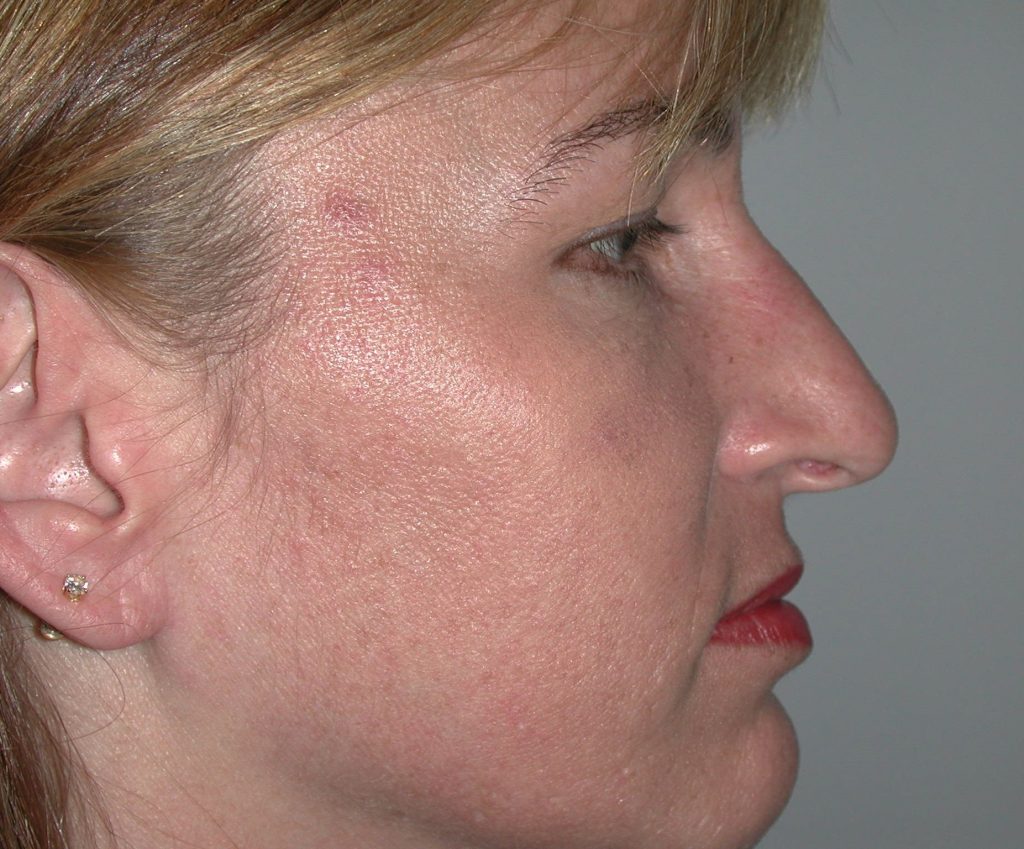

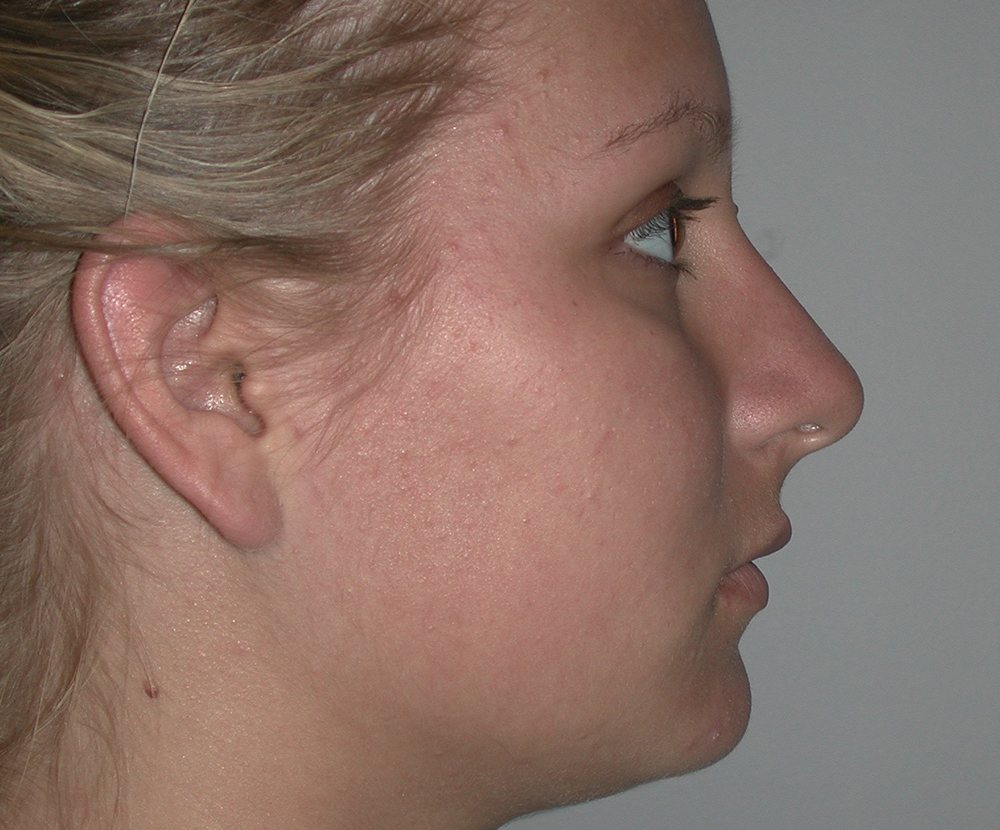
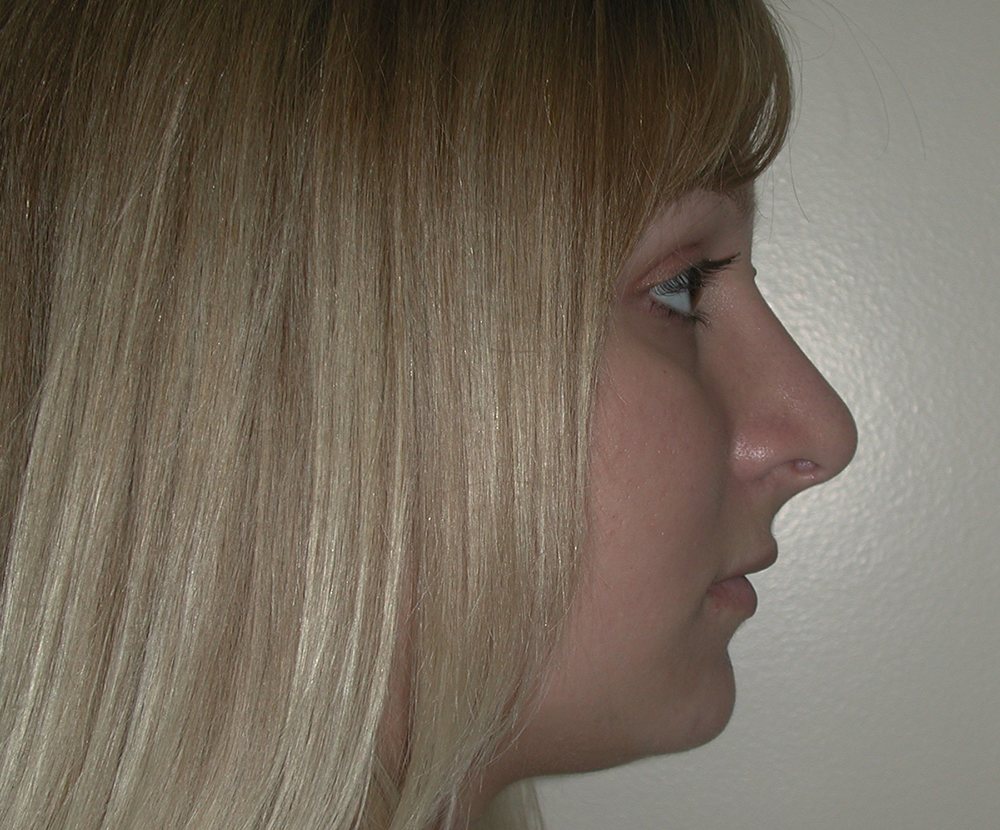
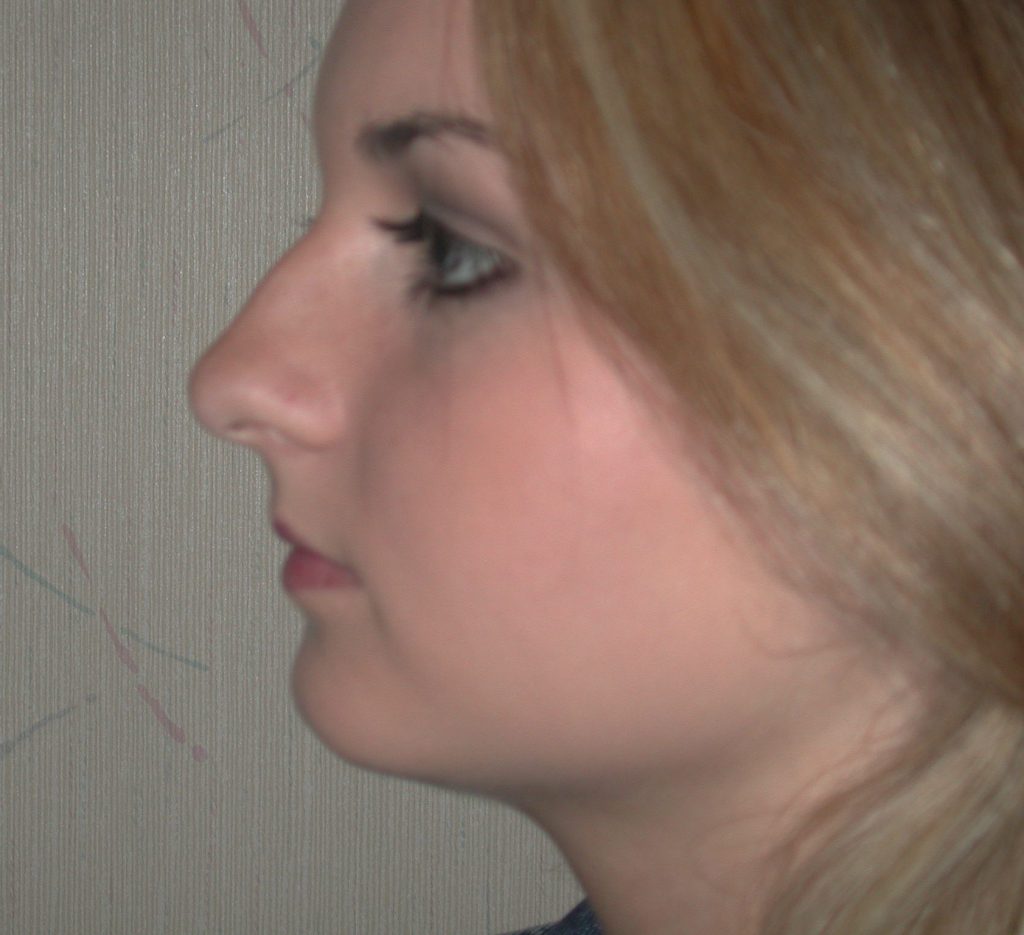
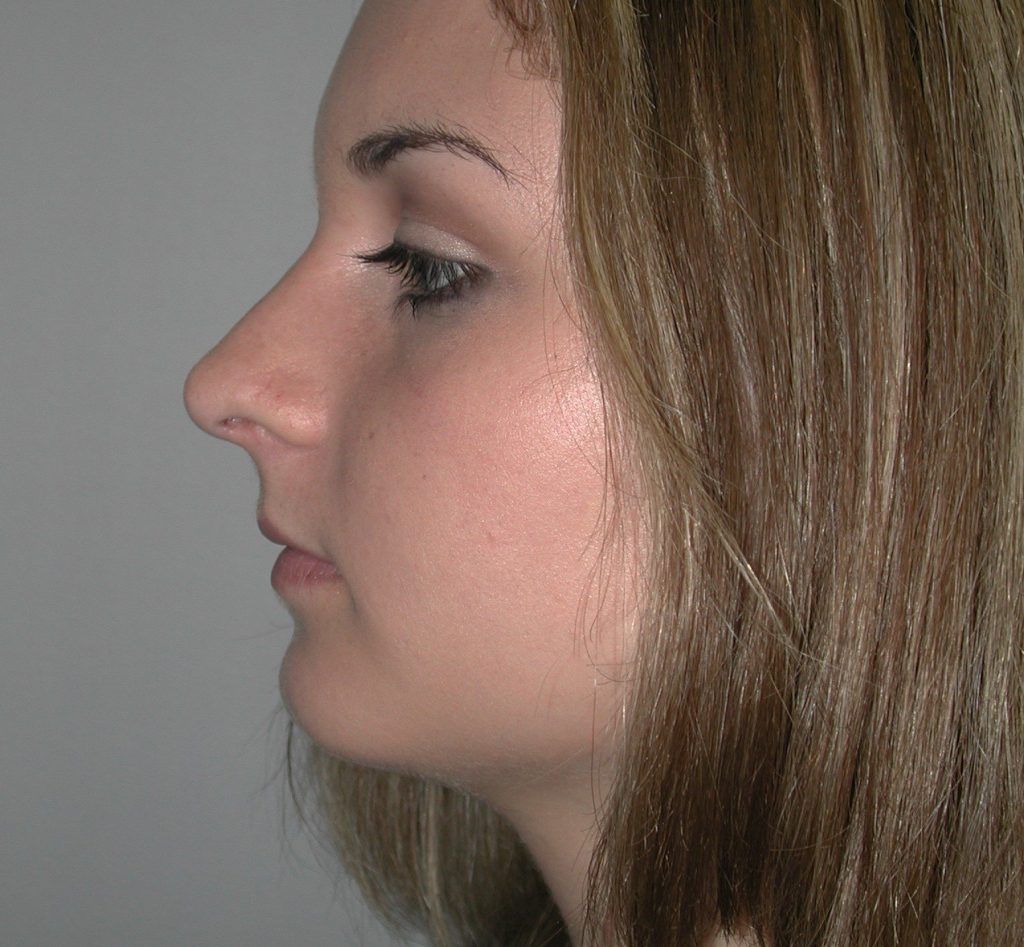
Gallery
View Gallery


